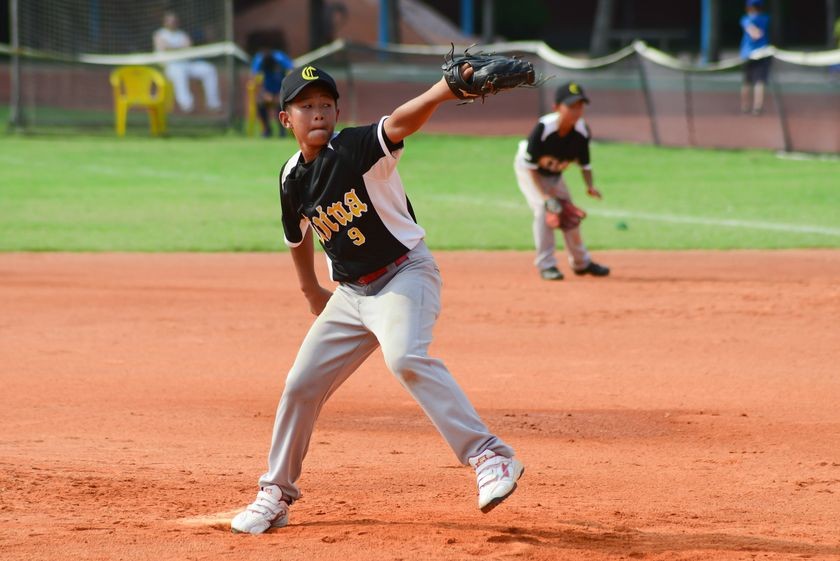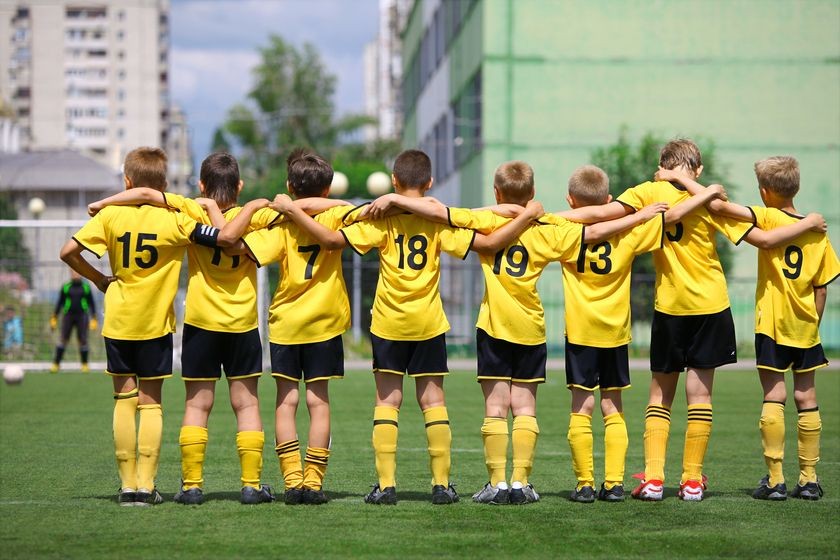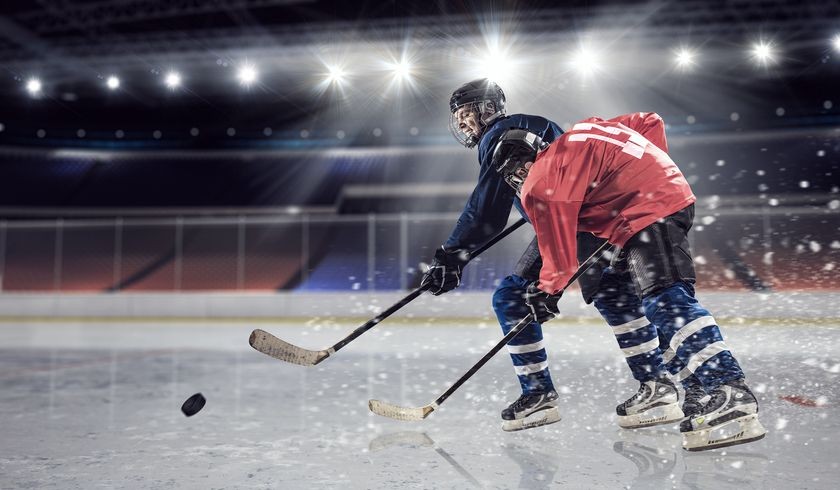
6 Tips to Keep Your Student Athletes Healthy This Fall

Every year in the U.S., about 3 million student athletes are seen in emergency rooms seeking care for all sorts of injuries related to their sports. Sports injuries have two primary causes: traumatic injuries caused by falls, contact or similar events, and overuse injuries. In fact, as many as half of all student athlete injuries are due to overuse and overexertion, according to a report from the National Athletic Trainers’ Association, and of those, about half could be prevented by following a few simple guidelines and recommendations.
While some sports injuries are relatively mild, healing with appropriate medical care, others can have long-lasting implications that can wind up preventing an athlete from participating in their sport in the future. If you have a student athlete in your family, knowing how to prevent injuries is an important part of ensuring your child enjoys the best possible health, both now and as an adult. Here’s what you can do this year to help your athlete avoid injuries.
1. Have a thorough physical
Most sports programs require a physical exam prior to participation. When scheduling an exam, make sure the physician knows all your child’s risk factors so the most appropriate screening tools are used. When a deficit is identified, parents should have an additional examination by a specialist for further evaluation and rehab when needed.
2. Consider cross-training
It’s no surprise that different sports rely on specific muscle groups, but what may be surprising is that sticking to just one sport can cause weaknesses in other areas, making athletes more prone to injuries. Plus, overspecialization is a major cause of burnout and overuse injuries. Cross training – having students take part in different sports – is a great way to maintain overall fitness and strength while avoiding overstraining muscles, ligaments and other structures. It also helps promote better balance and better reflexes, both of which can help athletes of all levels avoid future injuries.
3. Work in rest time
Since overuse is a major cause of athlete injuries, it just makes sense to work in rest time on a regular basis, ideally aiming for one or two days off per week to give the body time to recover. The National Athletic Trainers’ Association also recommends student athletes limit participation to one team of the same sport per season (for instance, only one soccer team per season), especially when practices and games exceed five days per week. In addition to taking regular time off during the season, each year, student athletes should try to take off a full month from training for a particular sport to prevent overuse injuries and to give the body ample rest before gearing up for the next season.
4. Prepare properly – Warm up
Help your child understand the importance of warming up prior to training or competing. Warm-up exercises promote circulation so muscles and other tissues are more flexible and ready for the strains they’ll be subjected to. Another important part of preparing: Invest in top-quality sports equipment and be sure it’s properly fitted for your child.
5. Make hydration and nutrition key priorities
Student athletes need to understand that preparing for competition doesn’t end at training. Eating the right foods and making sure they drink plenty of water each and every day helps the body get the nutrients it needs to repair itself and to work at peak performance. And of course, staying hydrated during practice and competitive play are essential for avoiding heat-related injuries as well.
6. Know the signs of injury – and when to get medical help.
Although the mantras “play through the pain” and “no pain, no gain” are frequently bandied about, they’re both really horrible advice, and following either could result in significant injuries and long-term disability that can quickly stifle any dreams an athlete may have of a scholarship or even professional play. Ideally, athletes of all levels should always seek medical care as early as possible to prevent serious damage. Specifically, you should always see a doctor when you notice any change in the way your child performs in a sport, if your child has persistent pain or joint instability during or after sports activities, or if they have pain or related symptoms that don’t respond to rest. In short – when in doubt, see a doctor.
RAI: Sports Imaging Specialists
As a leading diagnostic imaging center in Central New Jersey, Radiology Affiliates Imaging offers comprehensive imaging services for athletes of all levels, including musculoskeletal MRIs and ultrasounds, two techniques that offer specific benefits for student athletes and other physically active people. Sports imaging can play an integral part in diagnosing injuries in their earliest stages, helping orthopedists and other specialists tailor treatment programs to your child’s unique needs for faster recovery and improved outcomes. To find out more about RAI’s sports imaging program and how it can help your student athlete stay healthy, call RAI at 609-585-8800.




